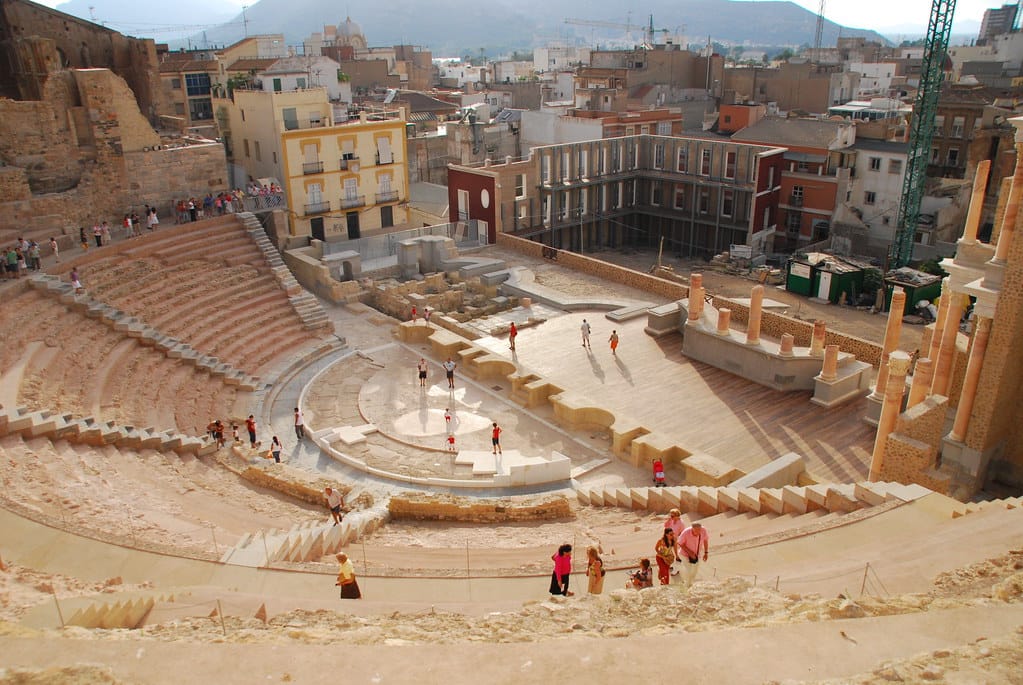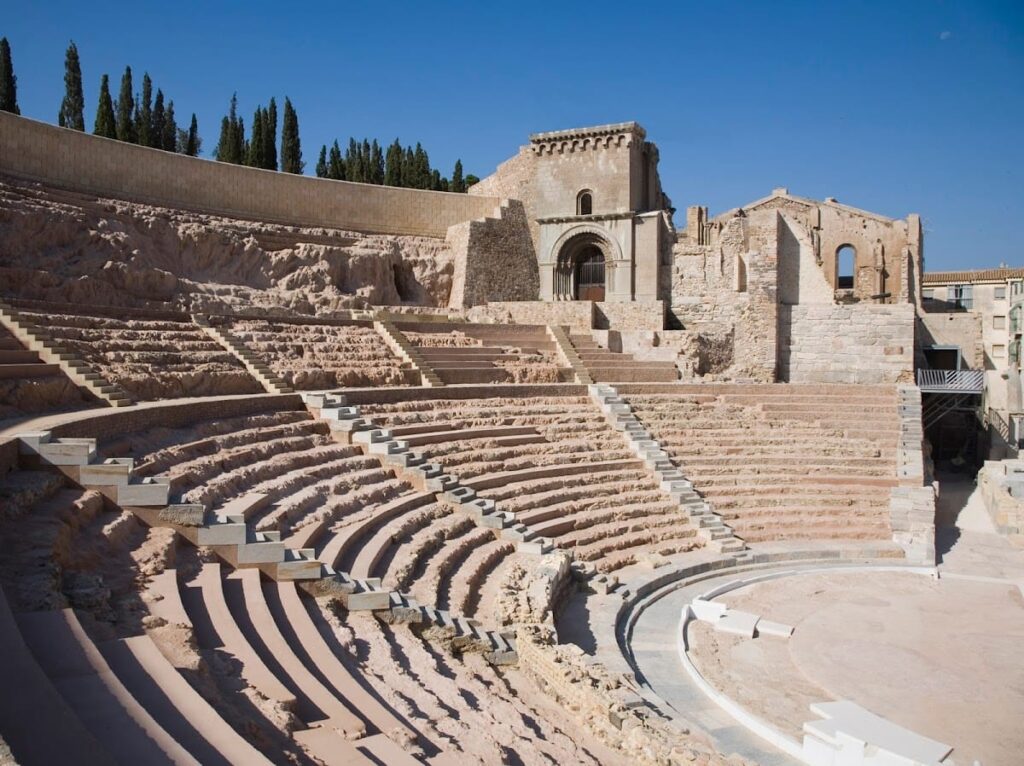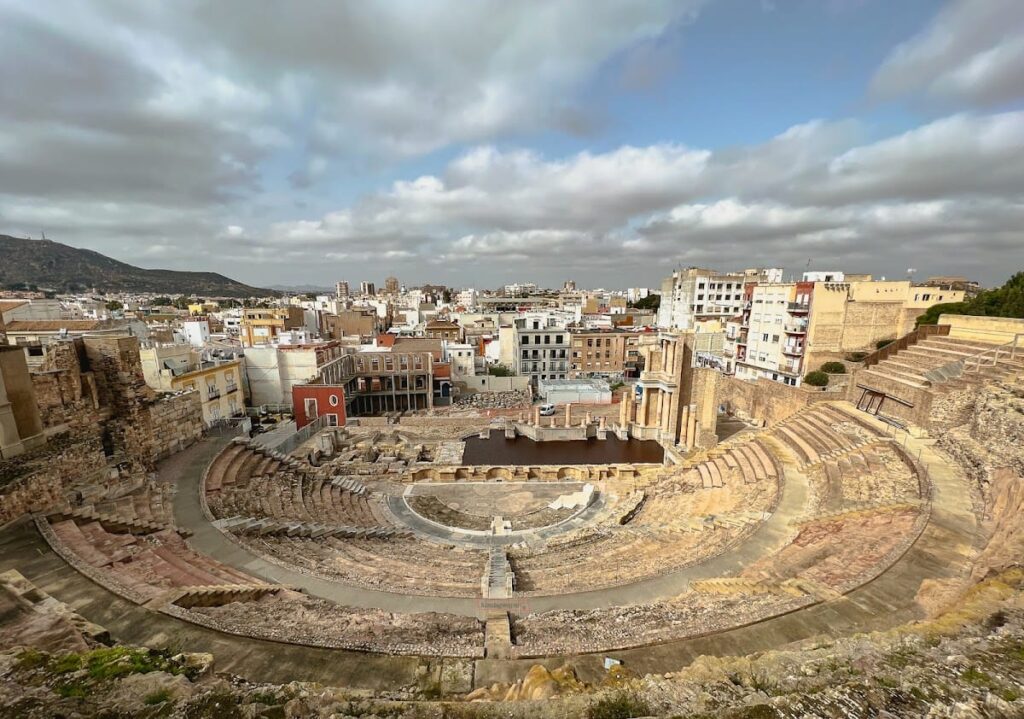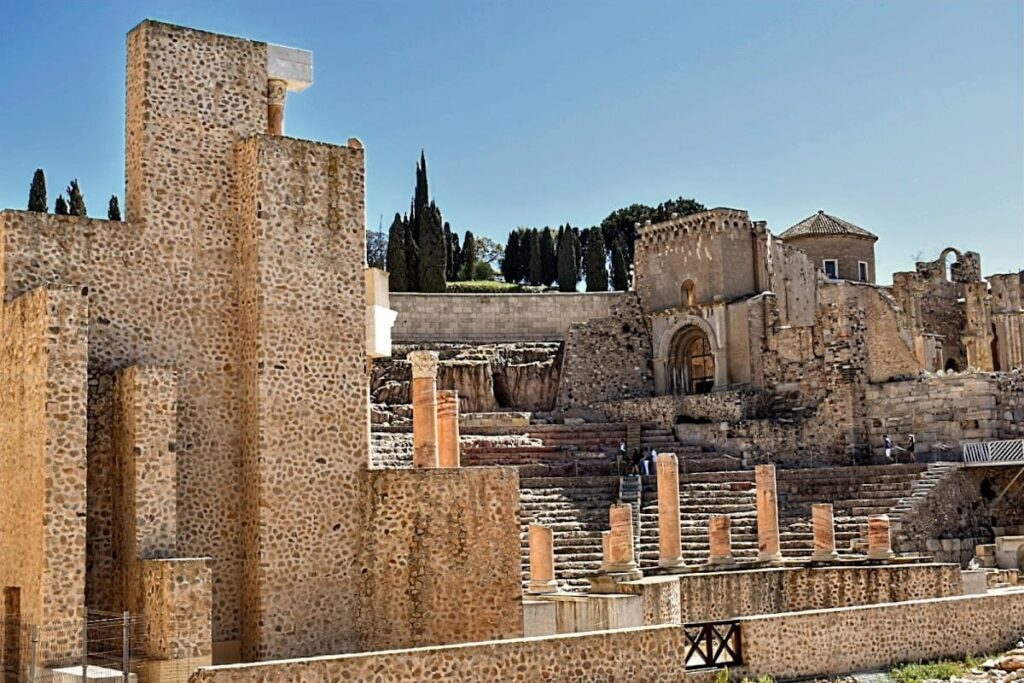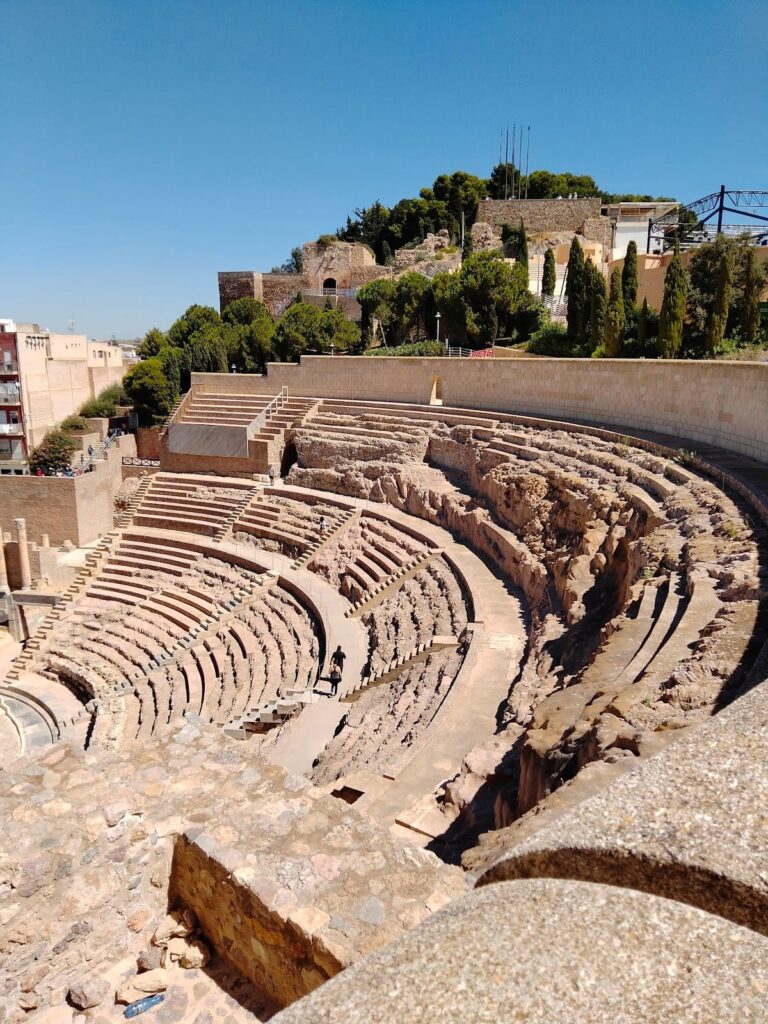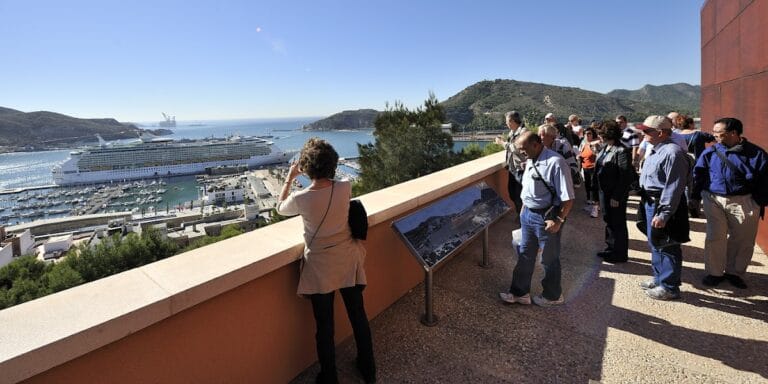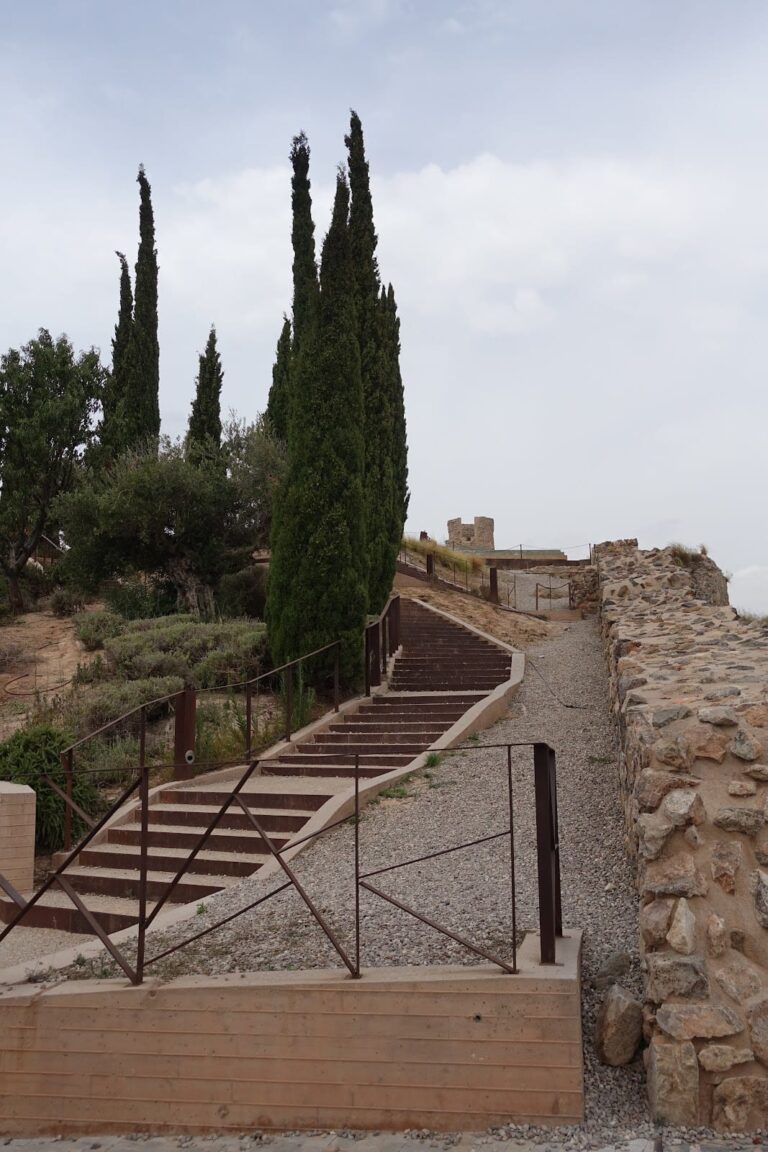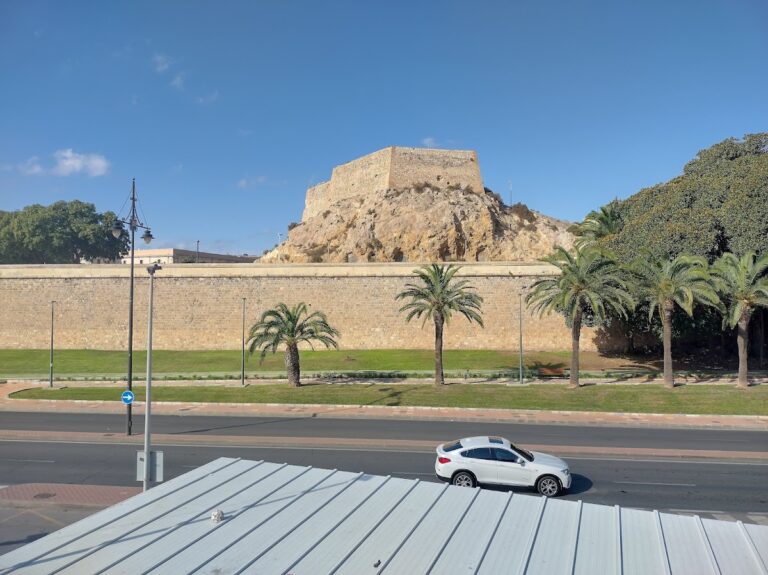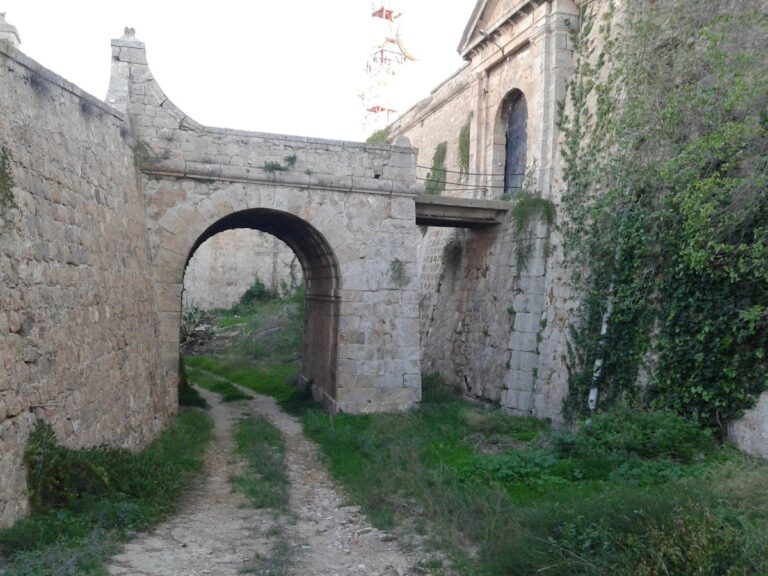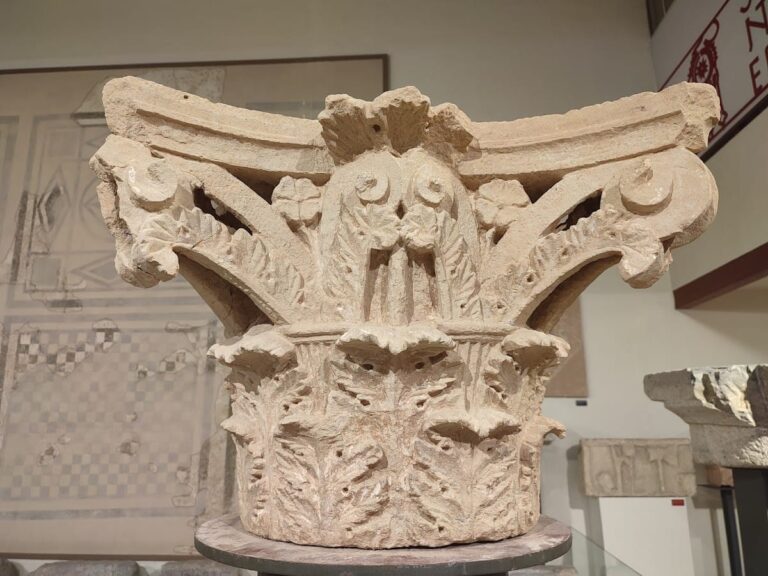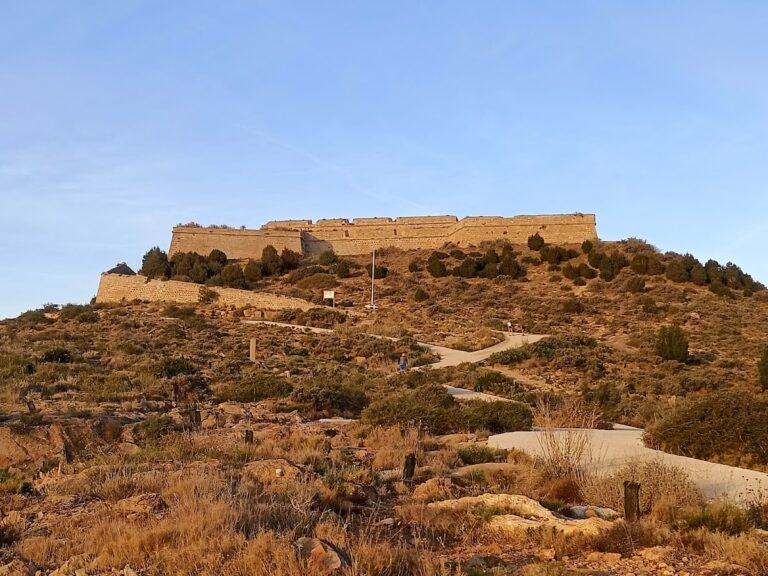Roman Theater of Cartagena
Visitor Information
Google Rating: 4.6
Popularity: Very High
Google Maps: View on Google Maps
Official Website: www.teatroromanocartagena.org
Country: Spain
Civilization: Byzantine, Roman
Remains: Entertainment
History
The Roman Theater of Cartagena is located in the city of Cartagena, Murcia, Spain. It was built by the Romans between 5 and 1 BCE, shortly after the city was elevated to the status of a Roman colony named Colonia Vrbs Iulia Nova Carthago (C.V.I.N.C) in 44 BCE.
The theater was dedicated to Lucius Caesar and Gaius Caesar, grandsons of Augustus, whose names appear on marble lintels above the theater’s eastern and western entrances. This dedication confirms the theater’s construction during Augustus’s reign. The theater served as a venue for public performances and gatherings until the 3rd century CE.
After the 3rd century, the theater fell out of use and was gradually covered by new constructions. A columned market was built over the site in the 3rd century, reusing many materials from the theater. In the 6th century, during the reign of Byzantine Emperor Justinian I, a commercial district was established on the site, further burying the theater remains.
In the 13th century, the Cathedral of Santa María la Vieja was constructed atop the Byzantine neighborhood and the theater ruins. The cathedral incorporated walls from various earlier periods, some of which originated from the theater structure. The theater remained hidden beneath layers of Byzantine, Andalusian, and medieval occupation until its rediscovery in 1988 during construction work.
Archaeological excavations led by Sebastián Ramallo Asensio from the University of Murcia carefully uncovered the theater, preserving about 60% of the original materials in their original positions. The site was declared a Cultural Interest Site (Bien de Interés Cultural) in 1999, recognizing its historical importance.
Remains
The Roman Theater of Cartagena follows the classical Roman design, built mostly into the northern slope of the Castillo de la Concepción hill. Its seating area, or cavea, measures 87.6 meters in diameter and could hold around 7,000 spectators. The lower and central seating sections were carved directly into the rock, while the sides rested on vaulted galleries.
Construction materials include local limestone and sandstone, red travertine columns from nearby Mula, and white Pentelic marble imported from Greece. The marble was likely sculpted in imperial workshops in Rome, used for the theater’s decorative elements. The stage front featured a double colonnade with pink marble shafts and white marble capitals.
Notable preserved ornamental features include Corinthian capitals from the stage front, a sculpture of Apollo playing the cithara (a stringed instrument), and a bas-relief depicting Rhea Silvia, the mythical mother of Romulus and Remus. Three circular altars dedicated to the Capitoline Triad—Jupiter, Juno, and Minerva—and to Apollo’s retinue (the Graces, the Muses, and the Hours) were also found.
Many sculptural and architectural elements were reused in the foundations and walls of the markets built in the 3rd and 5th centuries over the theater. This reuse helped preserve these pieces despite their displacement. Today, about 60% of the original materials remain in situ, with clear distinctions made between ancient and restored parts during conservation efforts.
